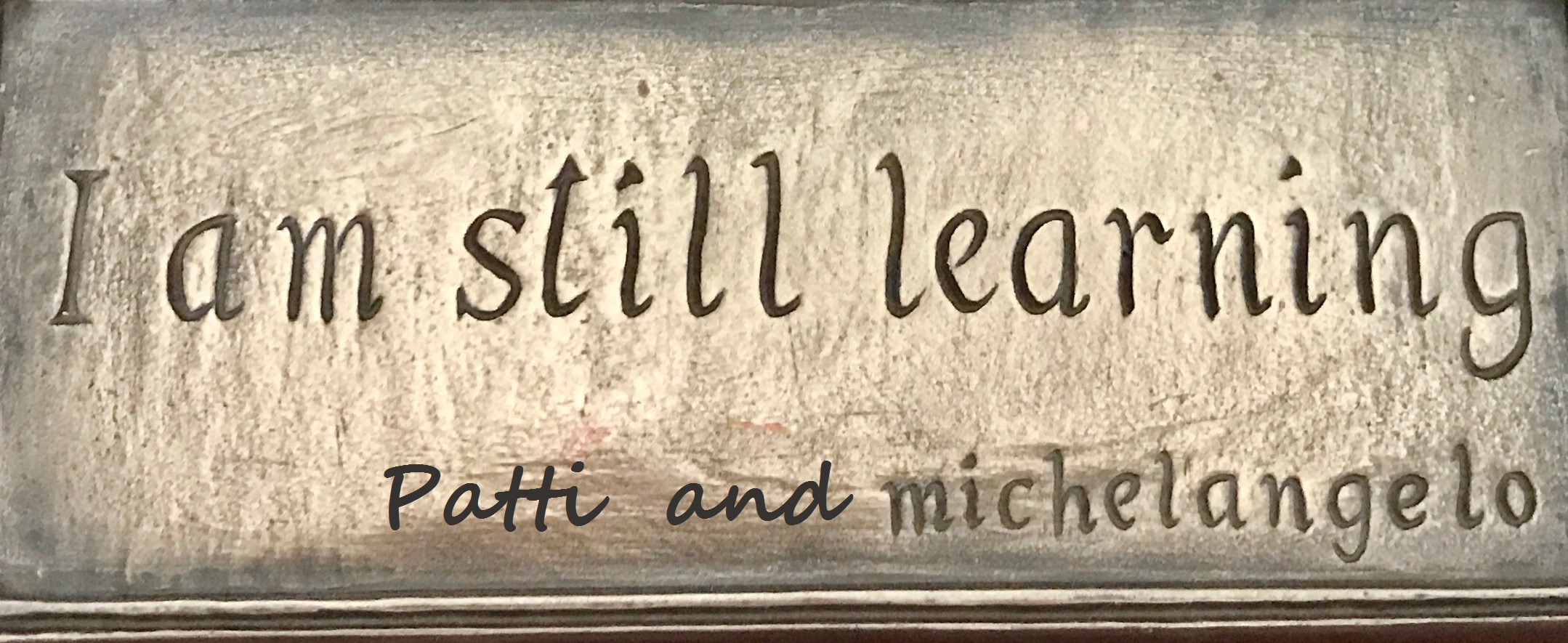Effective Communication and Understanding Emotions should really be taught in middle school and fortified in high school. I think that would solve many workplace problems.
One of the benefits of having all of this training this year on communication and leadership, my peers around the office are all speaking the same language. We start to realize early when someone is flying off the handle or holding back as a fear mechanism. We now can start to spot the conversations that are blocking us from getting what we want.
Nevertheless, not everyone gets to learn these kinds of tools to help them navigate life and the workplace. To help rectify this, I’ve also been trained on how to help train others to resolve their own conflicts through the Leadership IQ course.
I’ve already talked about how to personally handle Talented Terrors. It’s important to work directly with them to address their behaviors.
But there are times when your employees are having problems with each other. One runs to you to complain about the other and their problems and they then expect you to “fix” it. If you fix it the first time, soon the majority of your day is fixing people problems. And that is the most unproductive thing you could be doing for all parties involved.
Being a manager will always take time. You can take the time to manage behavior, or you can take the same time to train people on how to manage their own conflicts, which will actually take less time as life goes by.
There’s another script that you can use to de-escalate conflicts that you can also train others on IDEALS.
As a manager, if someone comes to you and says, “I can’t believe what Bob did to me at that meeting. He really needs to be told to not throw me under the bus. Can you tell him?”
First, pause. Then ask this person, “What steps have you taken to address this situation with Bob?”
More than likely you get, “Well, nothing. You’re the boss, you should handle it.”
This is where you have the choice to manage the situation or coach the person to.
“I have some strategies on how to resolve this conflict. May I tell you about FIRE and IDEALS?”
So you tell them about FIRE (for more on that, read this post).
And then you teach them IDEALS:
“Would you be willing to talk about x?” (Invite to partner.)
“I’d like to review the situation and get on the same page.” (Disarm yourself.)
“If we have different perspectives, that’s cool, but we can discuss them to understand where we’re coming from and develop a plan moving forward.” (Eliminate blame.)
“Does that sound ok?” (Affirm.)
List facts you know.
Synchronize with them and figure out the best way to move forward.
This feels like a great script that can be partnered with Crucial Conversations.
Now I just have to practice! Unfortunately (or really, fortunately, actually), the department I’m in seems really chill and drama free these days. One of my co-workers has decided her theme for 2019 is a picture of a Llama with the words No Drama underneath it. That’s pretty representative of the other 43 department members.
So I’ll just have to keep reviewing all of my notes and memorizing these scripts. I’ll also be learning how to hire drama-free people through this course, though, so hopefully, it will always be a rare occasion where there’s too much drama for your mama.
Think good thoughts for me!

Awesome article!
Awesome article, Patti. I love that you didn’t just say to send them back and tell them to work it out themselves, but rather, suggested sharing some tools first on how to do that and then send them back to attempt/practice that new approach.